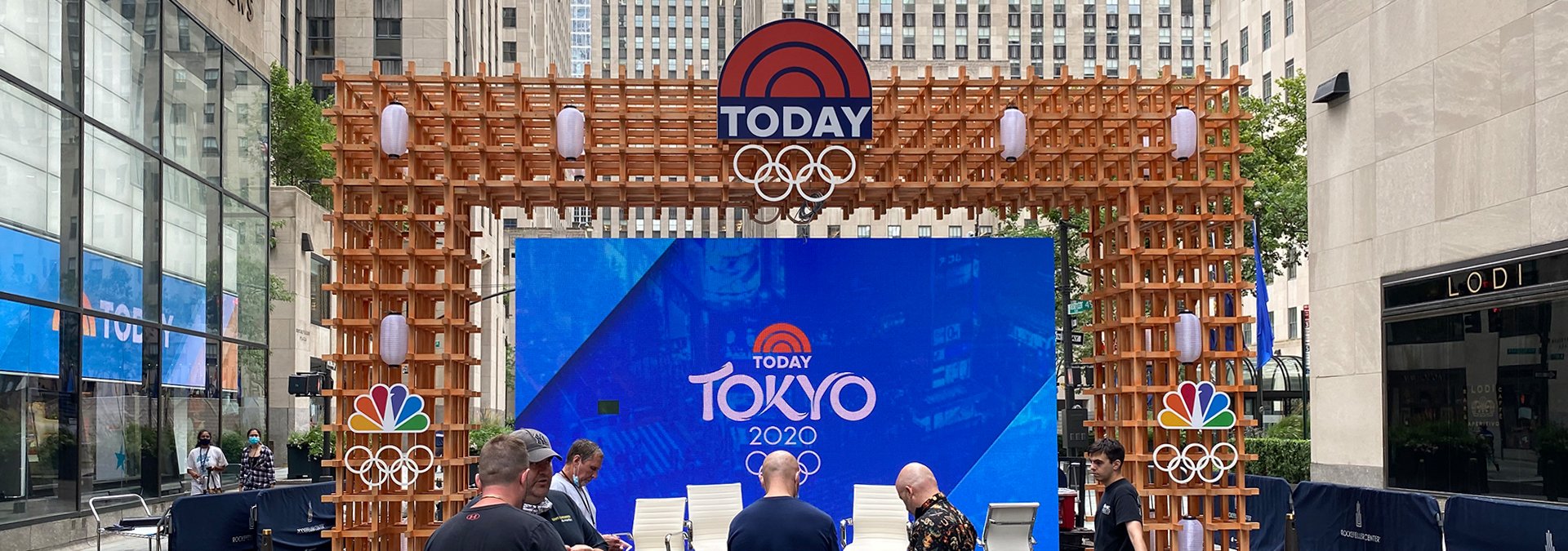Investigating The Way Resolution Influences the Performance and Aesthetic Quality of LED Screens in Contemporary Display Technology
Investigating The Way Resolution Influences the Performance and Aesthetic Quality of LED Screens in Contemporary Display Technology
Blog Article
Light Emitting Diode walls are growing increasingly popular in different environments, including concerts and athletic competitions to corporate presentations and art exhibits. One of the key important factors that influence the functionality and visual clarity of these screens is resolution. Resolution denotes the quantity of pixels that compose the visual on the display. Higher resolution means additional picture elements, which can result in clearer and clear images. Understanding how image clarity impacts LED screens can assist users make informed decisions about their display requirements.
When discussing resolution, it is essential to consider pixel pitch, which is the distance between the center of one picture element to the midpoint of the following picture element. A reduced picture spacing yields a greater image clarity, allowing for more detail in the images displayed. For instance, an LED screen with a pixel pitch of 1.5mm will provide a clearer visual than one with a picture spacing of 3mm. This is especially crucial in settings where audiences are near to the screen, such as in a small location or a trade show booth. In these cases, a greater image clarity can greatly improve the viewing experience.
Another aspect of image clarity is its impact on color precision and luminosity. LED walls with higher resolutions often have better hue rendering, indicating that the hues shown are increasingly vibrant and realistic. This is essential for applications like advertising, where the goal is to capture attention and convey a message effectively. Additionally, greater image clarity screens can preserve luminosity levels even when viewed from different angles. This is important in big locations where audiences may be positioned at different distances and positions from the display.
The functionality of LED walls is also affected by image clarity in terms of update frequencies and reaction durations. A greater image clarity screen can support faster update frequencies, which is crucial for fast-moving content such as videos and animations. This means that the images on the screen will appear smoother and more fluid, improving the total observing quality. In contrast, lower resolution displays may struggle with fast-moving content, leading to blurriness or lag. Therefore, for occasions that Visit Website depend on dynamic images, selecting a screen with a appropriate resolution is critical.
In conclusion, resolution plays a vital role in determining the performance and image clarity of LED screens. Elements such as picture spacing, color accuracy, brightness, refresh rates, and response times all contribute to how effectively a screen can communicate data and capture audiences. As advancements continues to advance, understanding these elements will help operators choose the right LED wall for their specific needs, guaranteeing that they obtain the best possible results in their presentations and occasions.